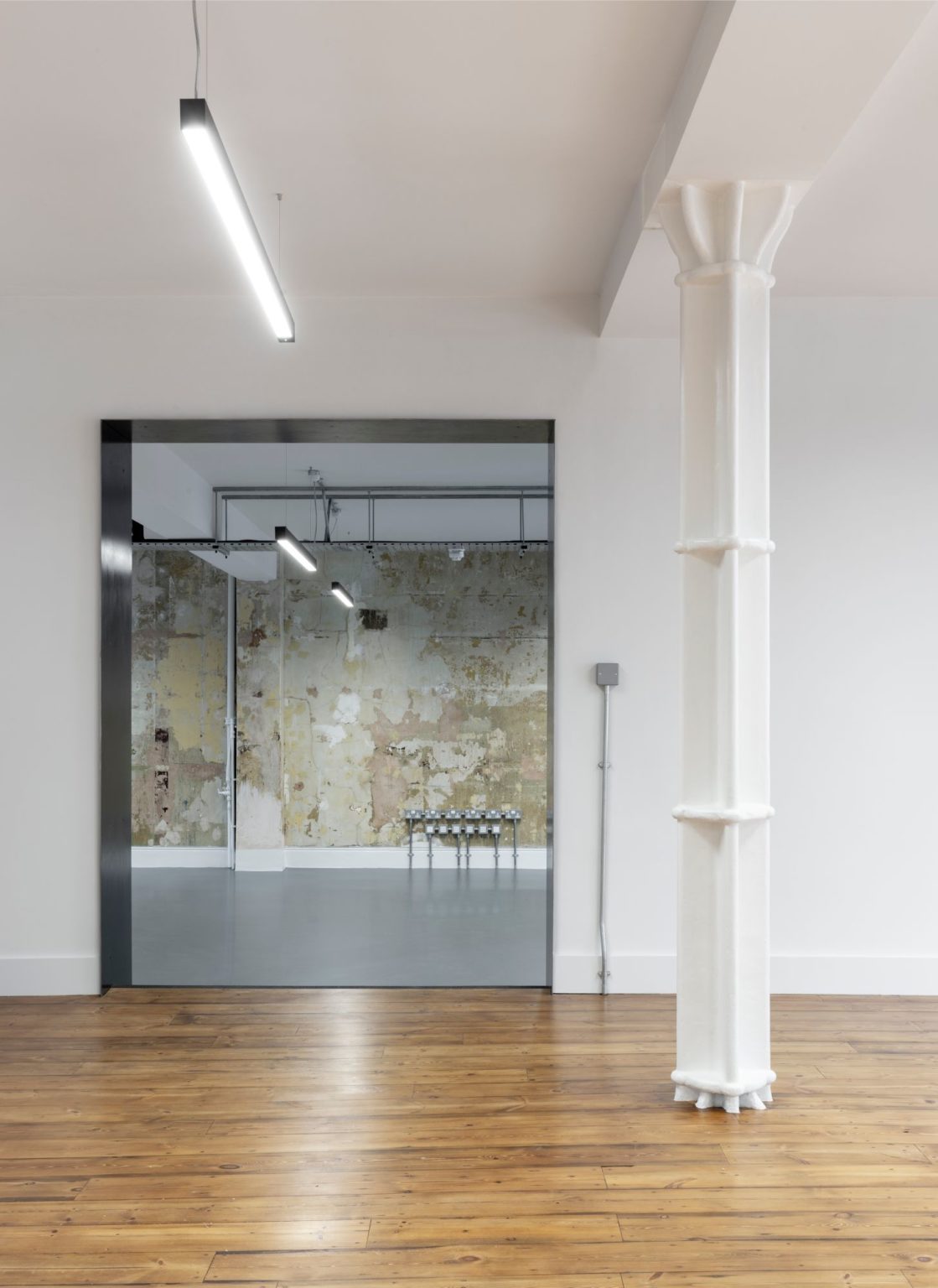Overview.
The BCO Guide to Specification aims to provide information on how to specify workspaces when the end occupier is not known ( Shell and Core, CAT A). It was last published in 2019 and subsequently updated in June 2022.
Shortly after the 2019 Guide was released, the UK adopted a legally binding Net Zero Carbon target for 2050 and an interim target to reduce emissions by 78% by 2035. Covid also presented new challenges to the workplace.
The latest 2023 Key Criteria Update aims to deliver guidance to balance targets required to meet the Net Zero and a healthy, comfortable and productive workspace for occupiers.
Occupancy level has a fundamental effect on many key design parameters. The updated recommendation on occupancy is 10m2 per person at 80% utilisation.
Lighting load power allowance has been reduced to reflect the improved efficiency of LED lighting and lighting controls from 8w/m2 to 4.5 W/m2 (CAT A) and 5.5W/m2 (CAT B).


